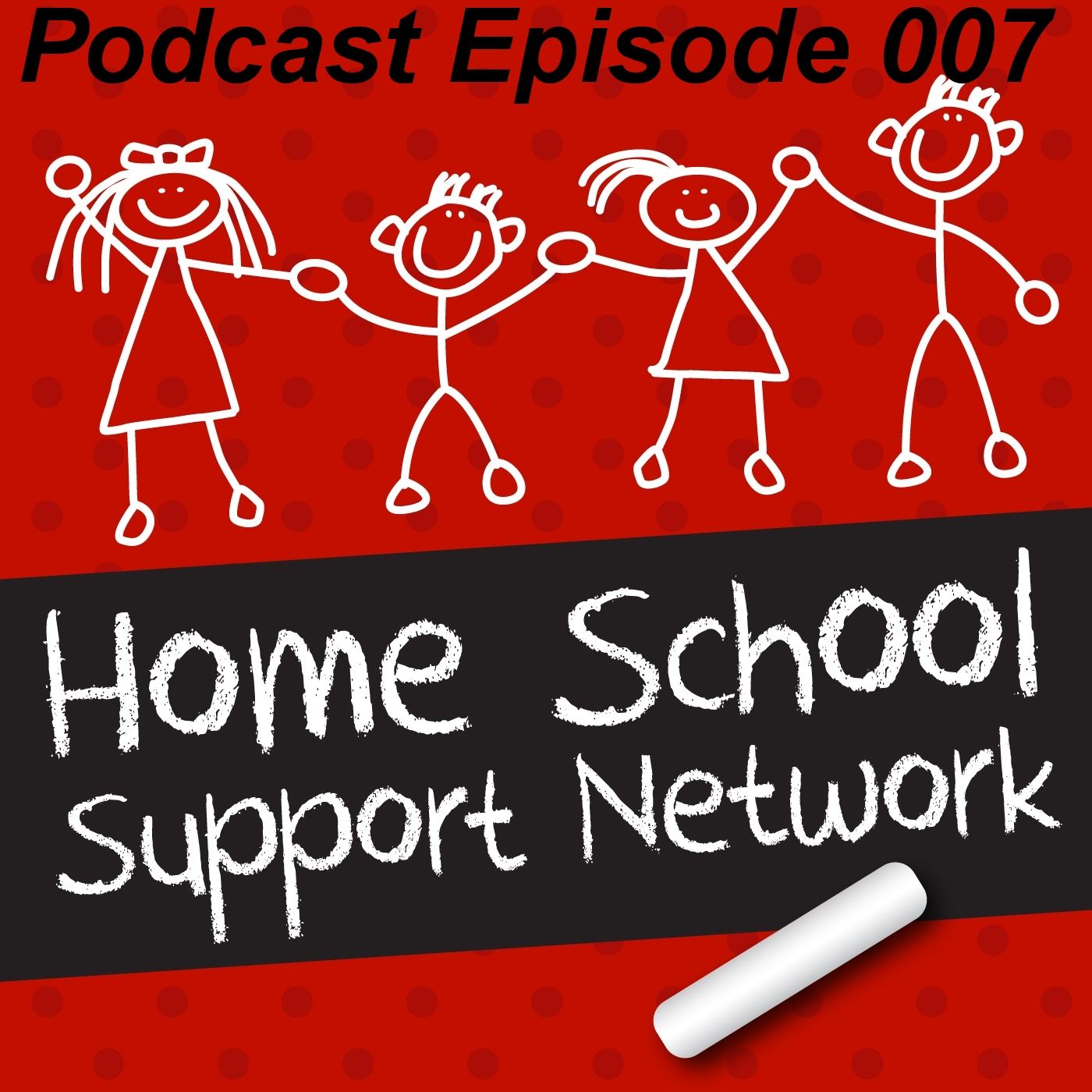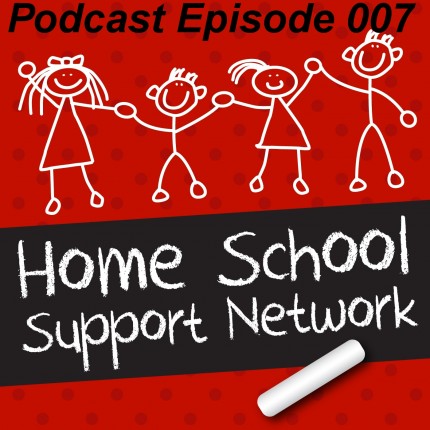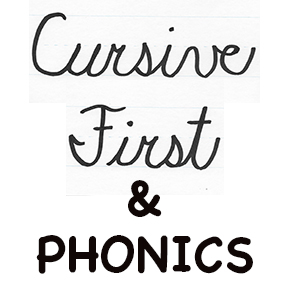We are offering computer classes for … Beyond the code 6th-12th grades. STEM classes focused on technology including digital forensics, cyber security, IoT, and Linux.
South Carolina Home School Law
Podcast: Play in new window | Download
Subscribe: Apple Podcasts | RSS
Our “Goal” for this episode of HSSN podcast is to provide some clarity of the Homeschool Laws in SC. It is very easy to home school in SC and we want to talk through what the law requires in layman’s terms. We have not found an audio explanation of the SC homeschooling options on the Internet.
SC has three options to choose from in terms of who you answer to from an accountability perspective. On the surface these options can seem to be very similar and that can create confusion for the homeschool parent when trying to choose an option. We will break down the differences and similarities of these three options in South Carolina. HSLDA “State Laws” map. This link is a great tool showing the level of states’ regulations at a glance. Individual states are listed at the bottom. Click on your state then click “Legal Analysis” to read what the law actually says for your state.
Disclaimer: The views expressed here are our personal interpretation of the SC Homeschool law. We are not lawyers. You should review the law for yourself and/or seek legal advice.
South Carolina Home School Law Basics:
There are three options in terms of accountability in the State of SC. You can be accountable to:
Option I: The district board of trustees
Option II: South Carolina Association of Independent Home Schools (SCAIHS)
Option III: An association (of your choice) for home schools which has at least fifty members.
Options II and III seem very similar on the surface and we will explain the differences in more detail below. We will also provide some links to associations that meet the requirements for Options III.
Similarities of the Options:
Compulsory Attendance Ages: “five years of age before September first until … seventeenth birthday or graduates from high school.” Any parents whose child is “not six years of age on or before the first day of September of a particular school year may elect for their child” not to attend kindergarten, and then must sign a written document with the school district. S.C. Code § 59-65-10. The source for this quote is HSLDA’s legal analysis of SC law.
Basic Requirements:
1) A parent must have a high school diploma or GED
2) The school year must be at least 180 days
3) Subjects taught must include: Reading, writing, math, science, and social studies; composition and literature in grades 7-12.
Differences between the options:
Option I vs. Option II – Michael Farris said at one point, “South Carolina was the most active state in the nation in taking home schoolers to court.”
1992 – Option II – Law passed
1996 – Option III – law passed
Option II vs. III
The over arching difference between II and III is that with Option II you have a mandated accountability group (SCAIHS) vs. in Option III you can choose.
SCAIHS membership requirements are much more structured than most of the Option III accountability groups. (see their site for things like required testing for certain grade levels)
The Option III accountability groups’ membership fees are on average about 10% that of SCAIHS. However SCAIHS is much more organized and offers some benefits that none of the Option III accountability groups.
A list of accountability associations from State of SC: (CAUTION: Some track more data than the law requires.)
PACESC – $40 covers all family members
The South Carolina Homeschool Accountability Association (http://www.tschaa.com/) – $10 covers all family members (Not mentioned or linked on SCHEA web site or HSLDA)
The accountability groups in option III are required by SC state law. The law is focused on reporting and membership requirements. The law associated with Option III does not require these associations to provide support in terms of support group meetings, field trips, cooperative education services, etc. There are a number of support groups that you can choose to join regardless of the homeschool option you choose in SC. OPTION III is the least intrusive Homeschool Option for parents in the state of SC. You are not required to provide anything directly to your school district or the state as long as you follow the requirements of your OPTION III Home School Association as defined by SC §59-65-47.
South Carolina Virtual Charter Schools:
If you choose to enroll your child in SC Virtual Charter Schools you are not considered to be home schooling in the state of SC! This method of educating your child is simply providing public school education directed by a public school teacher in a separate geographic location from the other public school kids in your district. We have heard stories about parents and even state employees confusing virtual charter schools with homeschooling. The SCVCS web site is very well worded and should create no confusion in this area. The SCVCS program is a good option for families who want public education for their children but would rather not send their children into the public school classroom. A great example is when you have a child in your home that you are not allowed to choose the education method. It might be due to custody reasons. They might be foster children that the state or social worker will not allow to be homeschooled.
Subscribe:
You can subscribe to this podcast via iTunes and/or RSS below:
Lapbooks
Podcast: Play in new window | Download
Subscribe: Apple Podcasts | RSS
Podcast Episode 8 show notes:
We want to use this Christmas time to introduce the concept of Lapbooks as a “curriculum” or as a supplement teaching method to what you may already be using.
Simply put Lapbooks are a type of homemade fold out “book” created out of file folders that have been taped together. Included on the foldouts are mini books or folded pockets of things that have been learned about a thing, literature book, time period, or even math concept.
PROS:
Great for children who like to “create”. Makes learning fun!
Children are like authors creating their own books and take ownership in the learning process.
Allows children to guide their learning to subject areas of interest. NOTE: Not that our children get to avoid learning things that they don’t like – the basics are still necessary!
Many use “real” literature books.
Uses a “thematic” or “unit” approach which ties all subject areas to one topic or example.
Can be used to “skim” a subject or historical period (as in colonial period). Lapbooks can also be used as a very in depth study on something like trains for example. With a broad history of trains or study of a specific type of trains.
Very little cost. (more details below)
CONS:
Lapbooks often involve moderate to much handwriting depending on the level. However many have sections with tracing options.
This method may not be fun for some children.
Requires assembly, but you do have the benefit of deciding how many pages to include.
There may not be a Lapbook on the topic you/child wants to study which will require more labor and research.
MATERIALS
Library books can be used. You may need a computer with Internet access and a printer (preferably color). You will need file folders, sissors, glue/tape, colors, and possibly a map and/or a dictionary.
Laminating the folders before attaching all the mini books can help make them more durable but it does increase cost.
You can laminate over the pockets too, you just need a razor knife to cut them open afterwards.
One resource that is helpful to have especially if you are using this approach as a primary means of curriculum is the Enchanted Learning website subscription. The cost is $20 per year.
LAPBOOK RESOURCES
Homeschool Share – a great lapbook resource site. (free Lapbooks- just click and print!) Master Lapbook List
Enchanted Learning Some free lapbook resources. The yearly subscription to this site is a must if you use lapbooks often.
Christian Preschool Printables – We sometimes include these mini books by making a pocket out of construction paper & gluing/stapling to the Lapbook.
DLTK WEBSITE – a great minibook resource, but this site has a ton more to offer. We will mention it again I am sure.
CHRISTMAS LAPBOOKS
The Legend of the Candy Cane Lapbook Instructions – Full downloadable lapbook instructions from Homeschool Share.
Hands of a Child “Symbols of Christmas” Lapbook
Example of a finished product 12 page PDF preview of a finished product from Currclick. They have lapbook instructions for purchase for less than $10.
Video of how to create a basic lapbook that we found on YouTube:

Christmas Theme Homeschool Resources
Podcast: Play in new window | Download
Subscribe: Apple Podcasts | RSS
 These are show notes for the Home School Support Network podcast episode number 7. In this episode Sherry shares some great ideas to help you teach your children the real reason for the season. Below are the resources mentioned in this episode.
These are show notes for the Home School Support Network podcast episode number 7. In this episode Sherry shares some great ideas to help you teach your children the real reason for the season. Below are the resources mentioned in this episode.
Advent
Waiting for Christmas – A great book to begin explaining what advent is all about.
Jotham’s Journey – We love this book as a read-aloud to the entire family right after dinner during the days of advent. The story has plenty of excitement and draws in the kids to help build their excitement about Christmas.
The Jesse Tree – Many churches once displayed the lineage of Jesus in their church during Christmas time. These churches used a Jesse Tree to accomplish this. This book helps you teach the history of people that were included in Jesus’ earthly family.
Jesse Tree Advent Activity Kit – An activity book to help you build your Jesse Tree. We found several links when searching for “printable jesse tree ornaments“.
Activities and Stories
ADVENTure of Christmas – A great resource book. You can read a story filled with history about one or more Christmas traditions or you can choose one of the many activities to do with your children.
The Legend of the Candy Cane – The is a great book that can be used to build a Lapbook. Stay tuned for next week’s episode to get more details on what a lapbook is and how Sherry uses this book as the subject for a lapbook during the Christmas season.
Mommy, Was Santa Claus Born on Christmas Too? – One of many books by this author. This book helps put the emphasis where it should be during CHRISTmas without spoiling the fun families have with Santa Claus. This book helps explain how we went from Saint Nicholas to the man in the red suit.
Saint Nicholas: The Real Story of the Christmas Legend – A historical account of saint Nicholas.
Ordinary Baby, Extraordinary Gift – Amazing music and book authored by Gloria Gather. The music is absolutely beautiful.
From Answers In Genesis
Uncovering the Real Nativity – This small booklet is filled with facts about the Christmas story that are rarely heard. Most narratives describing the birth of Jesus are filled with details that have no scriptural basis. This pocket sized booklet will help you stick to the facts when telling the story of Jesus’ birth.
First Christmas (The), (by historian Diana Waring) – Most Christians hear the Luke 2 account of the birth of the Christ-child each year. But few of us have heard the full chronological retelling of the multi-Gospel account. In this very special audio presentation, the high-energy historian Diana Waring shares from detailed research and reveals the rich background of Mary, Joseph, the Roman occupation, the culture of the day, and much more.
Subscribe:
You can subscribe to this podcast via iTunes and RSS below:
- « Previous Page
- 1
- …
- 8
- 9
- 10
- 11
- 12
- 13
- Next Page »


